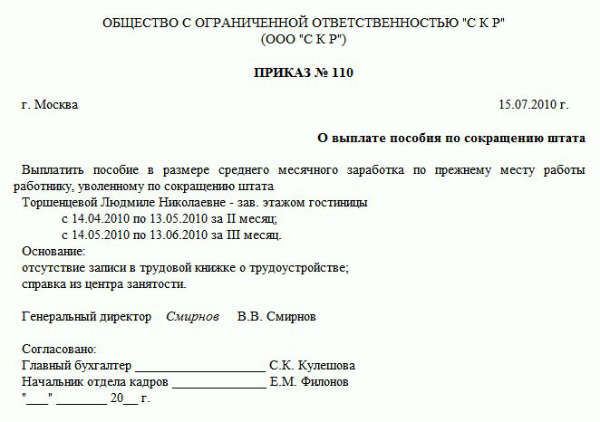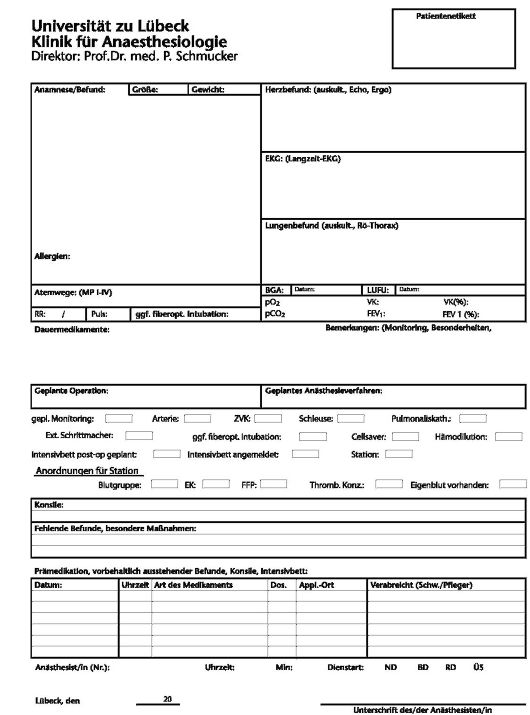
The mummy returns in hindi hd free download. Decoding of the coagulogram Prothrombin time (PT) PV is the time of thrombin clot formation if calcium and thromboplastin are added to the plasma. The index reflects the 1 and 2 phases of plasma clotting and the activity of 2,5,7 and 10 factors.
Blood glucose on an empty stomach. 3,3-5,5 mmol/l (in Sp — is 20% lower). TTG assessment. Koagulogramma: Blood clotting time (on Byurkera). Koagulogramma Protrombīns ir koagulācijas faktors. Šis rādītājs ir viens no svarīgākajiem. Tas ir tas, kurš raksturo asins recēšanas sistēmas stāvokli. Jebkādas izmaiņas tā daudzumā var izraisīt asinsreces traucējumus. Tas var radīt nespēju veikt operatīvu iejaukšanos. Leave this field blank.
The norms of prothrombin time (PV) at different ages: • Newborn preterm infants - 14-19 sec; • Newborn full-term children - 13-17 seconds; • Young children - 13-16 seconds; • Older children - 12-16 seconds; • Adults - 11-15 seconds. Therapy with anticoagulants is considered effective if PV increases at least 1.5-2 times. INR MNO or prothrombin ratio is the ratio of the patient's PV to the control test tube.
This indicator was introduced by the World Health Organization in 1983 to streamline the work of laboratories, as each laboratory uses various reagents-thromboplastins. The main goal of determining MNO is to control the admission of patients with indirect anticoagulants. The reasons for the change in the indicators of PI and INR: Increased prothrombin time and MNO Decreased prothrombin time and MNO • liver disease (cirrhosis of the liver, ); • deficiency of vitamin K with enteropathy, intestinal dysbiosis; • amyloidosis; • nephrotic syndrome; • DIC-syndrome; • hereditary deficiency of clotting factors (2,5,7,10); • decrease in the level of fibrinogen or its absence; • treatment with coumarin derivatives (warfarin, merenan); • presence of anticoagulants in the blood. • thrombosis and thromboembolism of vessels; • activation of fibrinolysis; • increase in the activity of the 7 factor. APTTV (activated partial thrombin time, cephalian-kaolin time) APTTV is an indicator of the effectiveness of stopping bleeding by plasma factors.
In fact, APTTV reflects the internal pathway of hemostasis, how quickly a fibrin clot forms. This is the most sensitive and accurate indicator of hemostasiograms. The value of APTTV, first of all, depends on the activator reagents used by the doctor, and in different laboratories the indicator can vary. The shortening of the APTT testifies to increased coagulability, the possibility of forming blood clots. And its elongation indicates a decrease in hemostasis.

Why does APTTV change? Causes of lengthening Causes of shortening • decreased blood clotting; • congenital or acquired deficiency of coagulation factors (2,5,8,9,10,11,12); • fibrinolysis; • 2 nd and 3 rd stage of DIC syndrome; • treatment with heparin and its low molecular weight analogues (clexane, tsibor, fractiparin); • autoimmune pathologies (systemic lupus erythematosus); • severe liver disease (cirrhosis, ). • increased coagulability of blood; • 1st phase of DIC-syndrome; • incorrect technique of blood sampling (contamination of the material by tissue thromboplastin). Activated recalcification time ABP is the time required to form fibrin in plasma saturated with calcium and platelets.
The indicator reflects the interaction between the plasma and cellular links of hemostasis. Its value may vary depending on the reagents used in the laboratory. Lengthened ATS with a decrease in the number of platelets (thrombocytopenia) and a change in their quality (thrombocytopathy), hemophilia. The shortening of ABP indicates a tendency to form blood clots. Prothrombin index Prothrombin index or PTI is the ratio of the ideal prothrombin time to the prothrombin time of the patient, multiplied by 100%.